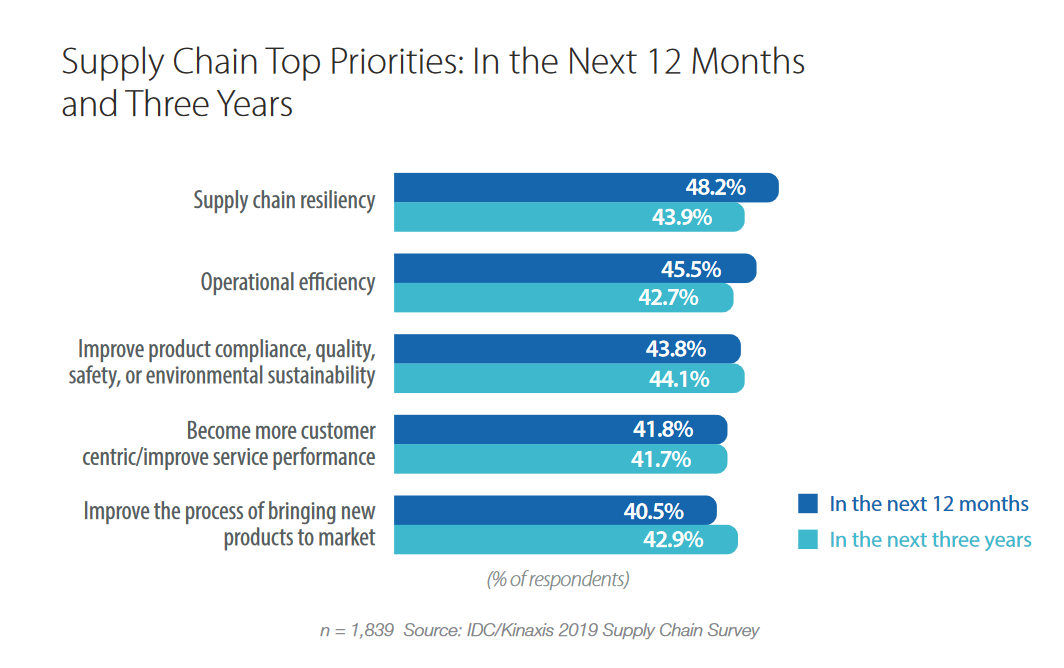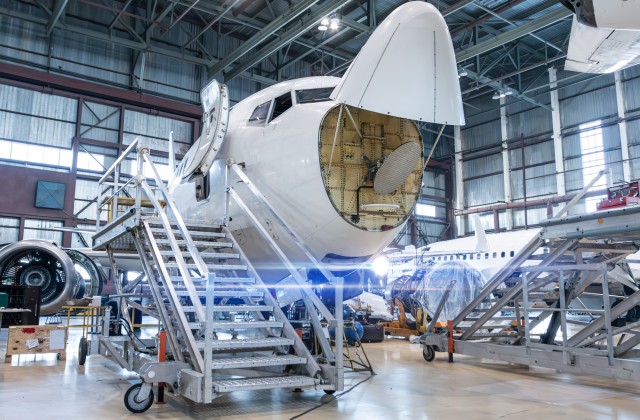
400 billion minutes is a long time. It sounds like it could be a made-up number, roughly 7,610 centuries, but according to Nielsen, that is the volume of minutes streamed on US televisions in just the first three weeks of March 2020. Spreading that across a projected 109 million US smart TV users equates to 2.5 days of streaming each.
Backing into that figure makes it sound more reasonable, by itself. However, when compared against the same period in March 2019, it represents an increase in demand of 85 percent. It may seem easy to dismiss that increase as circumstantial - more people are streaming now during quarantine - but the ramifications are representative of a much broader intent that is part of a phenomenon that will be long-lasting.
Streaming is becoming a well-curated experience intended to not only delight customers but also give providers and device manufacturers a direct connection to their end-users. For example, in January 2020, consumer tech company VIZIO launched version 4.0 of its SmartCast software which aggregates content sources and provides personalized recommendations. Then, in April, upon seeing the increased usage on their devices, VIZIO expedited the addition of 30 new free channels to SmartCast.
This type of responsive customer experience helps to build brand loyalty and that closeness matters a lot in an already crowded market. It is especially important when the vehicle for accessing your platform is the device that you make. That exclusivity directly links the user consuming the content to the device playing it, driving demand for physical units in the process. When everything aligns as such, the ultimate responsibility for delivering the customer experience falls on the supply chain.
High tech supply chains want to get closer to their customers
A prominent chief supply chain officer once told me that “in an ideal world, consumption data would go down to shelf level… not store shelves, but the shelves inside a user’s pantry.” With sentiments like that offered freely, the concept of getting closer to the customer is quite familiar within supply chain. Forty-one percent of all respondents to a September 2019 IDC survey sponsored by Kinaxis stated that becoming more customer-centric is one of their top three supply chain priorities in both the next twelve months and over the coming three years.

Unsurprisingly, consumer products led in making customer-centricity a top-three priority today and it was also among the sectors most likely to pursue increased collaboration with customers going forward. High-tech lags in both areas, but most notably, it was one of only two industries (with industrial) to increase prioritization in both areas over the mid-term.
Streaming through consumer electronics, such as those made by VIZIO, may blur the line between industries, but their actions seem to be indicative of what is to come from technology companies. By developing a more customer-centric and collaborative approach, traditional tech companies are aligning their supply, demand and product management to serve their customers, while also developing better anticipation for changes in user behavior.
Consider Extreme Networks’ approach as it addresses how increased streaming and workforce mobility is impacting its products and customers. Near the end of March 2020, CTO Eric Broockman said “we at Extreme have noticed that some of the networks we help power have seen an increase of up to 25 percent in traffic over the last few weeks. In some cases that translates to an additional 1.5 TB of data that is being transmitted each second.”
Extreme was prepared for that, though. One week earlier, CEO Ed Meyercord posted on the company’s Executive Viewpoint blog with his commitment to providing "customers and partners, with uninterrupted, dependable solutions and service support.” Going further, he offered specific options for "quick response" and remote networking solutions, virtual services and payment deferment options to anyone in need.
Meyercord’s blog also included a section dedicated to supply chain. Within it, he discussed how Extreme is working across its network of partners, stating that the company “enacted [its] business continuity plan with [its] Service RMA partners to reduce disruption of getting advanced replacements when required.”
Digital threads enable better responses to demand
By following the digital thread, tech companies can develop a sense of what needs are most important to customers, plan for the scenarios that deliver upon those needs and then execute. It represents a level of agility made possible because of the link between customer-centricity and supply chain planning.
As a practical flow, the connections built directly with customers become the conduit for new datasets. Upon analyzing that data, new insights into user behavior emerge. These insights then become short-term demand forecasts that can be layered upon or compared against existing forecasts.
Initially, supply chain design will dictate what actions are possible, but over time, an iterative, planning cycle will emerge that continuously blends the sensing of needs and shaping of responses. It will be a growth engine that powers supply chain and the business overall.
Leading high-tech companies have already started down this path with streaming and network management just two of the possible ways to facilitate direct connections. For those that haven’t started, the time is now to create direct value for customers and get back the insights that will align and drive your future supply chain.





